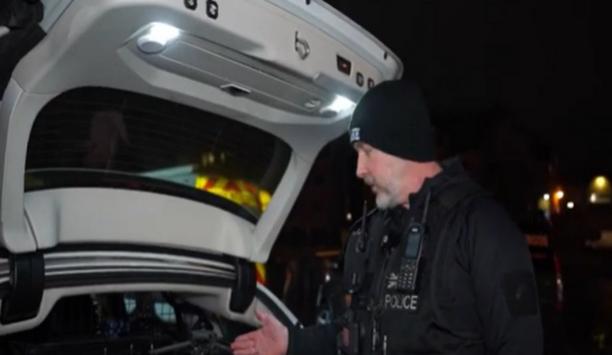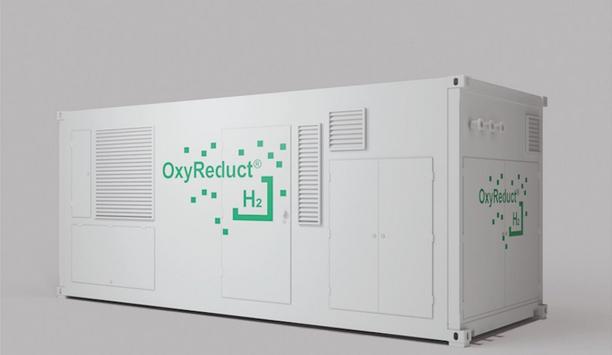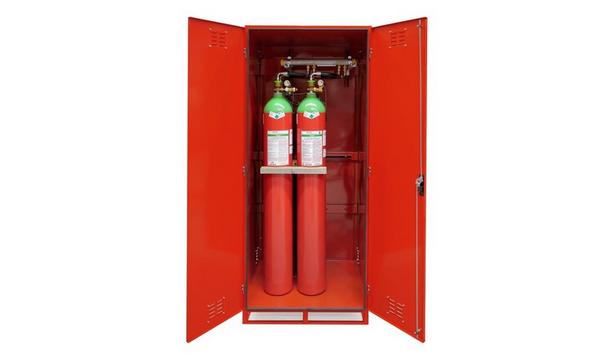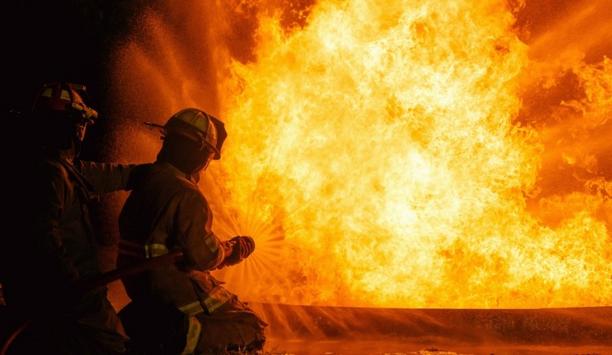 |
| The green makeover of ten London Fire Brigade stations cuts down almost 40 percent of electrical energy consumption |
Some of the features fitted at the ten stations included solar panels that turn the sun’s rays into electricity, motion censored lights and energy efficient boilers. These have resulted in electrical energy consumption coming down by nearly 40 per cent.
Figures released today show that carbon emissions have plummeted by as much as 44 per cent and energy bills will be cut by around £50,000 a year at ten fire stations involved in the Mayor of London’s RE:FIT programme. The completed stations are now saving 242 tonnes of CO2 per year - enough to fill the Sydney Opera House five times over.
London Fire Brigade is the first participating organisation to complete the first wave of buildings in the RE:FIT scheme, which also includes Transport for London and the Met Police, and a total of 42 Greater London Authority Group buildings are being retrofitted saving 6,000 tonnes of carbon per year and £1 million off fuel bills. The Mayor has pledged another 58 buildings to the RE:FIT programme.
The green measures will cut energy bills at the fire stations and will mean that new green technology will pay for itself. The scheme also includes guaranteed pay back from the energy services contractor, who carried out the work, if savings are slower than forecast.
Some of the features fitted at the ten stations included solar panels that turn the sun’s rays into electricity, motion censored lights and energy efficient boilers. These have resulted in electrical energy consumption coming down by nearly 40 per cent.
The Mayor of London Boris Johnson said: “Well done to the London Fire Brigade for being the first to the finish line in giving their buildings a green makeover. These stations will save a whopping £50,000 per year as a result of these works and significantly reduce carbon emissions. I am encouraging all public sector organisations to take part in this innovative programme that makes huge reductions to their energy bills.”
Chairman and Leader of London Fire and Emergency Planning Authority Councillor Brian Coleman AM, FRSA, said: “Once again this Authority has proved how to cut carbon emissions in a cost effective way. Londoners can rejoice that their fire service is spending their money wisely and being greener at the same time.
The ten stations are (% of carbon emissions saved at each are in brackets): Greenwich (27%), Heston (23%), Holloway (23%), Homerton (24%), Ilford (44%), Norbury (24%), North Kensington (16%), Romford (11%), Westminster (26%) and Woodford (30%).











